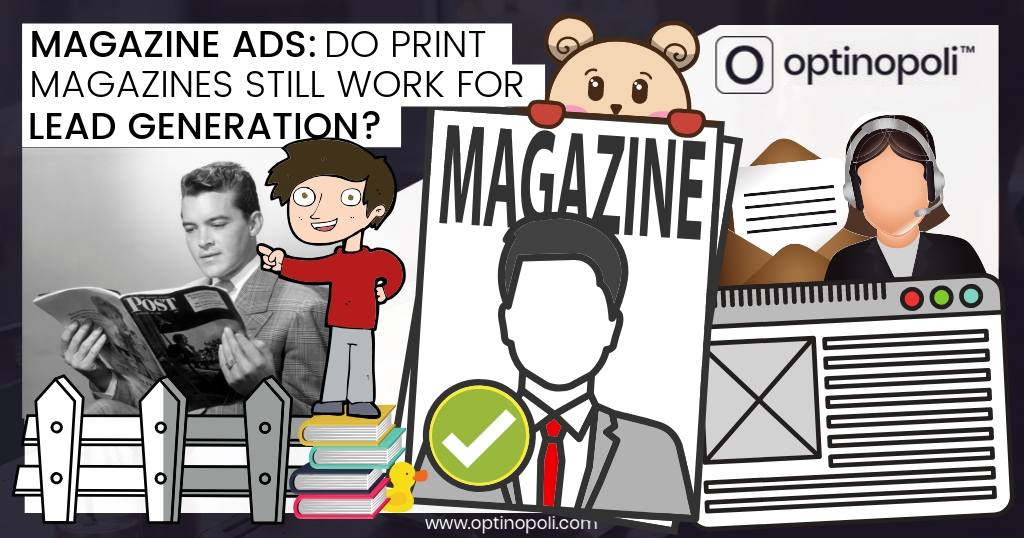
Magazine Ads: Do Print Magazines Still Work for Lead Generation?
With so much focus on online lead generation, it's easy to forget about older, offline methods like running print ads in magazines. The perception by many is that print is dying. But is that actually true?
Before the Internet of course, magazine ads were one of the main advertising channels businesses could adopt, along with newspaper ads, radio advertising, billboards and TV.
Open up most magazines today though, and you'll still find them chock full of ads.
So do magazine ads still work today to generated leads for your business?
That's what this post aims to find out.
Do #MagazineAds still work for #leadgeneration? We aim to find out. #smallbusinessmarketing via @optinopoliClick To TweetDo People Still Read Print Magazines?
You don't have to do much research to find evidence of the print magazine industry going into decline.
For example, in the US, magazine sales totaled $4.9 billion in 2007. By 2017, just 10 years later, they were less than half that at $2 billion.
But is it all bad news?

After some more digging, the doom and gloom isn't quite as clear cut as it appears at first. Other stats are more positive:
- The number of magazine readers in the US has actually risen since 2012, reaching over 220 million.
- The number of magazine titles in circulation has stayed relatively constant since 2008, remaining somewhere between 7,100 and 7,300.
- Some magazine brands are growing significantly, such as Entrepreneur growing at 39%, Town & Country at 34.4% and Popular Science at 24.5%.
- Magazine publishers, far from experiencing a race to the bottom, are increasing the price of print publications, with one doubling the price in three years while experiencing double-digit rate growth in subscriptions.
It all suggests that, while printed magazines are facing a lot of change, the industry is far from dead.
While printed #magazines are facing change, the industry is far from dead #advertising #smallbusiness via @optinopoliClick To TweetWhat about in other countries?
Magazine sales are reported as dropping in the UK, with 93% of magazine titles in decline.
But again, it's not all doom and gloom. Some magazines are actually growing in circulation, including some titles into double percentage point growth.
Interestingly, it's magazines focused on specific niche leisure interests that are growing:
- Literary—10% rise
- Photography—up 4%
- Camping, walking and climbing—up 4%
- Travel/holidays—up 3%
- Equestrian—up 2%
Overall, tens of millions of people still read magazines in the UK.

In addition, while there's a common stereotype that magazine readers are generally all older people, the evidence shows a different story. For example, 95% of people under 25 read magazines.
To sum up, some parts of the magazine industry are certainly dead, dying or already gone. Much has transitioned to online media.
But people, particularly with interests in certain niches, still want to read and are reading printed magazines. Hundreds of millions of people still read them.
In fact, when you take the circulation of the magazine industry worldwide into account, it reaches as many people monthly as some the major social media networks.
Finding a magazine serving the right demographic for your market is perhaps little different to targeting the right demographic with Facebook ads.
The circulation of #magazines worldwide is little different to major #socialmedia networks #smallbusinessads via @optinopoliClick To TweetDoes Advertising Still Work in Print Magazines?
As we're all no doubt only too aware, there's a huge variety of media demanding our attention.
For advertisers, the good news is that print magazines tend to only get the attention of those most engaged in and particularly interested in certain niche topics.
From an advertising perspective, that's a desirable advantage.
Just buying it or getting it in the mail provokes the reader to engage in a way that digital doesn’t. If you have time to read a magazine, then you’re going to really engage with the ads in there. Print ads should inspire you to look at them even longer. Britt Fero, Executive VP, Pulicis (New York-based ad agency)
Various studies from around the world bear this out.
NC Solutions (USA) found magazines deliver the highest return on ad spend across all media, averaging $3.94 for every ad dollar spent. In fact, this ROI was nearly 50% higher than its closest competitor, display advertising.
In Australia, Nielsen analyzed ad expenditure and ROI across five different media—magazines, TV, online, online video and outdoor. Magazines were found to have provided the highest aggregate ROI.
A similar study in the UK had similar results, with magazine advertising providing the highest ROI of seven different media.
Research around the world shows #magazineads deliver the highest #advertising #ROI via @optinopoliClick To TweetWhile much of this research relates to ad expenditure by brands, it has clear implications for small business advertising too. Small business ad expenditure might well be increasingly heading to online forms of advertising, but certain types of business remain faithful to print media.
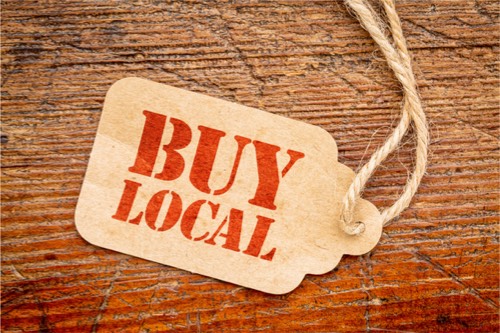
Small local bricks-and-mortar businesses know only too well the value of magazine advertising. They regularly place ads in local, often free magazines to reach prospective buyers. .
While it's true that many fail to properly and accurately track the effectiveness of such ads, they never-the-less regularly place ads in repeated issues, confident of the value such ads deliver.
We advertise in several free local magazines. It is highly successful for us. One thing specific to free magazines you may want to consider: the compound effect of repeat advertising. Many people who look at free magazines look at every issue, week after week, or month after month. There is a brand recognition value here obviously ... I suspect that people pick up another one to find the advert they had seen previously, particularly if they've seen it more than once. Comment from a local business owner on UK Business Forums
The issue for such businesses tends to be a different one. They don't tend to be aware of or take proper advantage of the additional benefits online advertising can offer (such as Facebook's Reach Ads).
However, their approach does reveal a couple of the secrets and hidden benefits that magazine ads can offer:
- By getting a magazine ad to work successfully for you, you can often run it repeatedly for months if not years with relatively steady results. (In contrast, the shelf-life of successful Facebook ads is often measured in days).
- Running the same ad repeatedly can (but not always) breed familiarity with the magazine's readership, and thereby bring cumulative benefits.
How Can You Run Successful Ads In Magazines?
For best results, follow these ten steps.
1. Know your customer
The first essential is to know who your ideal customer is. What are their interests? What are their demographics?
More specifically ...
2. What magazines do they read?
The more closely aligned your business is with a particular publication, the more likely it is you will be able to run a successful ad.
For example, if your business sells niche stamp collecting equipment or supplies, your chances of success are higher if you advertise in Stamp Collectors Monthly, lower if you advertise in the more generic Collectors Gazette.

However, finding a close alignment between your ideal customer and an appropriate magazine selling advertising at a price that makes it potentially profitable for you is not always possible.
In this case, walking away and choosing other means of customer acquisition would be the more sensible approach.
3. Research the magazine
Do what you can to research direct response ads that have run in the magazine over the course of several months if not years. Ignore branding ads, they're not relevant for your purposes (more on the value of direct response soon).
Get previous copies of the magazine either direct from the publisher, or from your local library if they have them.

Long-running ads from the same business will tell you:
- Whether or not profitable ads can be run in the magazine. If there aren't any long-running ads, you may be better walking away.
- The type of products and services that appeal to the magazine's readership.
- A huge amount about the kind of language, calls to action and other elements that resonate with the readership.
Carefully studying long-running ads is a useful and very valuable shortcut to developing your own.
If at all possible, this research should include responding to the ads directly, even purchasing what they have to offer. By doing so, you'll be better able to understand their business model, including what occurs after someone's initial response to help ensure the ad can run profitably.
Careful research of a #magazine matching your demographic is hugely valuable for creating successful #advertising #leadgen via @optinopoliClick To Tweet4. Determine the advertising cost
Find out the likely cost for placing your ad. Be aware that you will initially be quoted the standard 'rate card' price. They will expect you to try to reduce this, so do your best to haggle and get at least a 20% to 30% discount.
However, don't book the ad immediately, whatever pressure they try to exert to get you to do so. For example, they may agree to the discount only if you book it there and then. Don't do so, just tell them you can't.
If they agreed to the discount this time, they'll do so again—ultimately, they want your business.
However, before going, ask when their copy deadline is. This will come in useful later.

The purpose of your initial inquiry is to simply get an idea of the ad cost involved. Let them know you're considering your options, thank them for their time, and hang up or leave.
When your ad's ready and everything else is set up, you can call again. By calling shortly before the copy deadline (if they told you when that was), you may be able to get a steeper discount. The person you speak with is likely on commission, will have targets to meet and ad placements to fill. They may well agree if you have everything ready to go.
5. Know your customer's lifetime value
The lifetime value of your customer (LTV) is a critically important number to be aware of in order to advertise successfully, whether in magazines or elsewhere.
To work it out, calculate:
- Roughly how long customers tend to continue purchasing from you once they become a customer.
- What their average spending is over that time period.
For example, let's say on average customers continue buying for around 2 years. Over that time period, the average revenue each customer brings you is around $500.
For a successful magazine ad, you must know your customer's lifetime value #LTV #smallbusinessadvertising via @optinopoliClick To TweetOnce you have that figure, you can ...
6. Decide your target customer acquisition cost
In other words, how much are you willing to spend to get a new customer into your business.
If each customer is worth $500 to you, you might be willing to spend up to $250 to acquire that customer.

If you spend $5,000 on a magazine ad which then brings in 25 new customers, each customer 'cost' you $200 to acquire. As you were willing to spend up to $250, this would be deemed a successful ad.
On the other hand, if the same ad only brought you 12 new customers, the customer acquisition cost would be $417. That's way above your target $250, and so you would deem the ad as unsuccessful.
However, that doesn't necessarily mean you have to abandon ship, declare it a waste of money and regret placing the ad.
It's simply a 'result' that you can then work on improving.
It's very common for ads to underperform initially, regardless of advertising channel. Amateurs walk away, declare it a failure and go dabble in something else.
More seasoned pros recognize you often have to invest more in an ad channel at the beginning in order to achieve a positive ROI over the longer term.
Yes, you might 'lose' some at the beginning. But with careful manipulation of different elements, you can turn an unsuccessful ad into a very successful one.
With the right approach, you can make an unsuccessful magazine ad successful #smallbusinessadvertising #leadgen via @optinopoliClick To TweetWe'll examine some of these elements shortly. But first, before you run the ad, you need to ...
7. Have the right sales funnel in place
One big mistake advertisers make is to use advertising for immediate sales of their main product or service, rather than for lead generation. Although it might seem counter-intuitive, there's more money to be made when you focus on lead generation instead.
With a well-designed sales funnel, the lead attained via the ad (which may or may not involve a smaller initial sale) 'drops' into the top of the funnel, is communicated with in various ways, and converted into a customer.
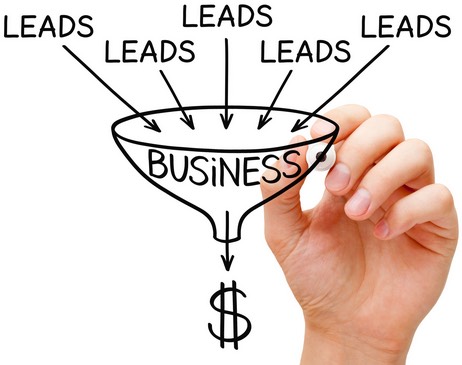
This may take place relatively quickly, or it may be several weeks, months or even years before that lead finally becomes a customer.
An example of a sales funnel might look like the following. In this example, the goal for the ad is to generate sales for a $1000 product that will be sold for $500, so a 50% discount. Even with the discount, the advertiser will achieve a profit of $250 per sale:
- The ad is run offering a high-value, high-appeal product for a steep, time-limited, hard-to-refuse (presuming you've got the targeting right) discount. For example, something normally retailing for $100 is offered for $10. This might be a 'loss leader' for the advertiser, but ideally this initial offer would help mitigate the initial cost of the ad.
- Immediately after buying the discounted product for just $10, the customer is offered the $1000 product at a 'new customer' 50% discount, so just $500, and made available for the next 72 hours only.
- Some will take advantage immediately and buy the $500 product. Others will become 'leads' for the product and will be followed up with by email and possibly telephone. The purpose of the follow-up is to build the relationship, repeat the sales message for the product, and increase the sense of urgency that they need to buy before the deadline expires.
The majority of the $500 sales will likely come via the follow-up communications. To help maximize conversions, this might for example include an invitation to a webinar or teleseminar, or invitations to watch relevant videos.
Your #salesfunnel is critical to running a successful magazine ad #smallbusinessadvertising #leadgeneration via @optinopoliClick To TweetThe design of this sales funnel and the amount of work and preparation put into it is a big determining factor in the overall success of your magazine ad.
Remember too that even for leads who don't purchase the $500 product, they still represent a long-term value to your business. There's a high likelihood, presuming they're communicated with in the right way, that they'll make a purchase in future.
8. Use a well-designed direct response ad
As a small business, stay away from branding-type ads. You won't be able to measure the ROI and will probably just waste a lot of money.
Instead, you need a well-designed direct response ad that:
- Makes an offer.
- Tells the reader exactly what to do.
- Is measurable so you know whether it's profitable or not.
The following shows an example direct response ad from the legendary David Ogilvy, itself containing 19 tips about how to run a successful direct response ad. Click here for a larger version. It's well worth studying.
All credit to swiped.co for making examples like this available.
Don't use the magazine's in-house designers to create the ad. You'll likely end up with a generic ad that doesn't do what you want and fails to deliver.
Instead, it's worth hiring someone who's experienced in direct response ad design, and has achieved good results in the past for businesses like yours. Do your research on Google to find someone suitable.
Let them know exactly what your goal for the ad is.
Use #directresponse advertising for a successful #leadgeneration magazine ad #smallbusinessadvertising via @optinopoliClick To TweetSupply the copy for the ad if you have sufficient copywriting knowledge and experience. This is a key skill for small business owners to learn and master.
Otherwise, copywriting services may well be included within the direct response ad design. But check the copy carefully and request amendments where necessary.
Ensure the ad contains a call to action, and gives people multiple ways to respond so they can choose whatever suits them at the time. Options include:
- A telephone number
- A number to text
- A web page URL
- A QR code
Depending on your demographic, you could also test the option of including a form for someone to fill in, cut out and post.
9. Proof-read the ad carefully
It's crucial to fully check the ad before sending it to the magazine. Unlike the online advertising environment, there's no room for corrections once it's published.
Experienced business owners still lose sometimes tens of thousands of dollars on print ads with basic mistakes like an incorrect telephone number.
So proof read it carefully. Wherever possible, get a second and third pair of eyes on the ad as well before sending it in.

Check the ways in which people can respond all work exactly as they should. It's all too easy to miss a typo in a telephone number, an email address or web page URL—or forget to include them at all (it does happen).
Test them all out by typing them in exactly as shown. Get someone less familiar with your business to do so too in case of any blind spots.
Spell check the copy by running a spell check and manually going through the text.
Words can spell check fine but still be wrong. For example:
- 'red' instead of 'read'
- their/they're/there
- your/you're
- repeating words ('the the ...')
Spelling errors can have a big impact on your credibility and perceived trustworthiness, and kill conversions:
- A UK-based survey found 42.5% of web users are most influenced by spelling or grammar blunders
- An Australian agency reports how conversions jumped 80% for a hosiery e-commerce site when 'Tihgts' was corrected to 'Tights'
Use apostrophes in the right places and watch out for obvious grammatical errors or those that hurt readability.
10. Be prepared to run multiple ads
As previously mentioned, your ad probably won't be profitable immediately.
It could be, and you certainly want to do all you can to help ensure it is.
But even so, an immediate home-running ad would be relatively unusual, especially if you're new to magazine advertising.
Typically though your first ad is simply a test. It delivers some results you can then work with, make adjustments here and there, and attempt to improve next time.
The goal is an ad you'll be able to profitably run for the long-term, recouping your initial outlay in your testing phase.
Includes 3 ways to turn an unsuccessful magazine ad into a profitable one #smallbusinessadvertising via @optinopoliClick To Tweet3 Key Ways to Turn an Unsuccessful Magazine Ad into a Profitable One
As mentioned earlier, by manipulating certain elements, you can turn at unsuccessful ad into a highly successful, long-running one that delivers a positive ROI.
These include not just the raw ad, but also the sales process itself.
1. Track everything
It's only when you have all the necessary data that you can:
- See where potential improvements lie.
- Measure whether or not improvements have been achieved.
Track and measure everything you can, including:
- Responses to the ad, whether through email, website, telephone etc.
- Response rates at each step within your sales funnel.
2. Split test
If possible, split test the ad by running two different versions within the same edition of the magazine with a roughly equal distribution.
If that's not possible, run a different version in a subsequent edition, and compare results.
Test key elements such as the headline, visuals and layout first, as these are likely to have the greatest impact. Unless you're testing running completely different versions of the ad, test variations in one element at a time.
Recommended: How Split Testing Can Double Your Leads
You also need to split test your sales funnel. That includes the initial lead generation page, and other key pages such as your main sales page.
Here's the magic of split testing. Thanks to compounding results, by improving the results achieved by your ad, your lead gen page and your sales page by 20-30% each, you can double the profits your magazine ad achieves.
For example, the following would achieve a 100% sales increase:
- 20% improvement in the number of people visiting the lead gen page as a result of the magazine ad.
- 30% conversion rate improvement on your lead gen page.
- 30% conversion rate improvement on your sales page.
3. Increase the lifetime value of your customer
This is the real secret of direct marketing pros. Would you like to spend whatever you want or need to, to acquire new customers?
The amount you're able to spend is largely determined by the lifetime value of your customer.
Increasing what you can spend is made possible by increasing the value of each customer to your business.
That's too big a topic to cover here, but some key ways to do that include:
- Increasing your prices—when approached in the right way, businesses can increase what they're charging for products and services, often with no reduction in customer numbers (sometimes it increases instead), and gain an immediate boost in what each customer is worth to them.
- Selling more to the same customer—what other products and services can you offer to the same customer in the course of their relationship with you? If you're selling lawn care services, could you trim hedges too? This also involves retaining their custom for longer. What could you do to improve retention, build great loyalty and keep them coming back?
- Offering upgraded products/services—a certain proportion of your customer base would be willing to pay more for a delux premier version, often at a multiple of the original. This is no different to the concept of first and second class seats in trains and aeroplanes. The same concept can be modeled in your own business.
Other Ways to Generate Leads from Magazines
Finally, you don't have to run ads to generate leads from magazines.
Other options include:
- Obtain lists from list brokers for your target market—these are often based on subscriber information for specific magazines. Try calling the magazine in question, asking if their list is for sale, and asking which broker they use. Once you've got the list, you can send a direct mail campaign instead.
- Contribute content to the magazine in return for the inclusion of your website's URL. See what their contribution guidelines are and follow the process. Ensure your website is optimized to capture the contact details of visitors.
- Public relations—get familiar with the magazine so you know the type of stories they cover. What interesting angle on your own story could you provide that would meet their needs? Could you engineer events that would attract coverage? Journalists are often only too receptive to such ideas when it makes their jobs easier.
To Conclude
This post has discovered that you can still generate leads (and indeed, sales) from print magazine ads in a profitable way, especially if you serve a niche audience.
However, getting magazine ads to work does require a lot of care, diligence and expertise, not least in researching where to advertise and in creating a suitable sales funnel.
You also have to be prepared to invest in a successful outcome. That means running magazine ads potentially multiple times in order to find a formula that delivers a positive ROI.
Magazine ads are likely to be less suitable for businesses with relatively low customer lifetime values. But such values aren't set in stone. Businesses can be completely transformed, including opening up the potential of magazine ads and other forms of advertising, by a careful focus on increasing the lifetime value of their customers.
Do print magazines still work for #smallbusiness #leadgeneration? Some answers. via @optinopoliClick To Tweet
steve shaw
Steve Shaw is the CEO of optinopoli™, next-generation lead capture and sales conversion technology—click here for more info.
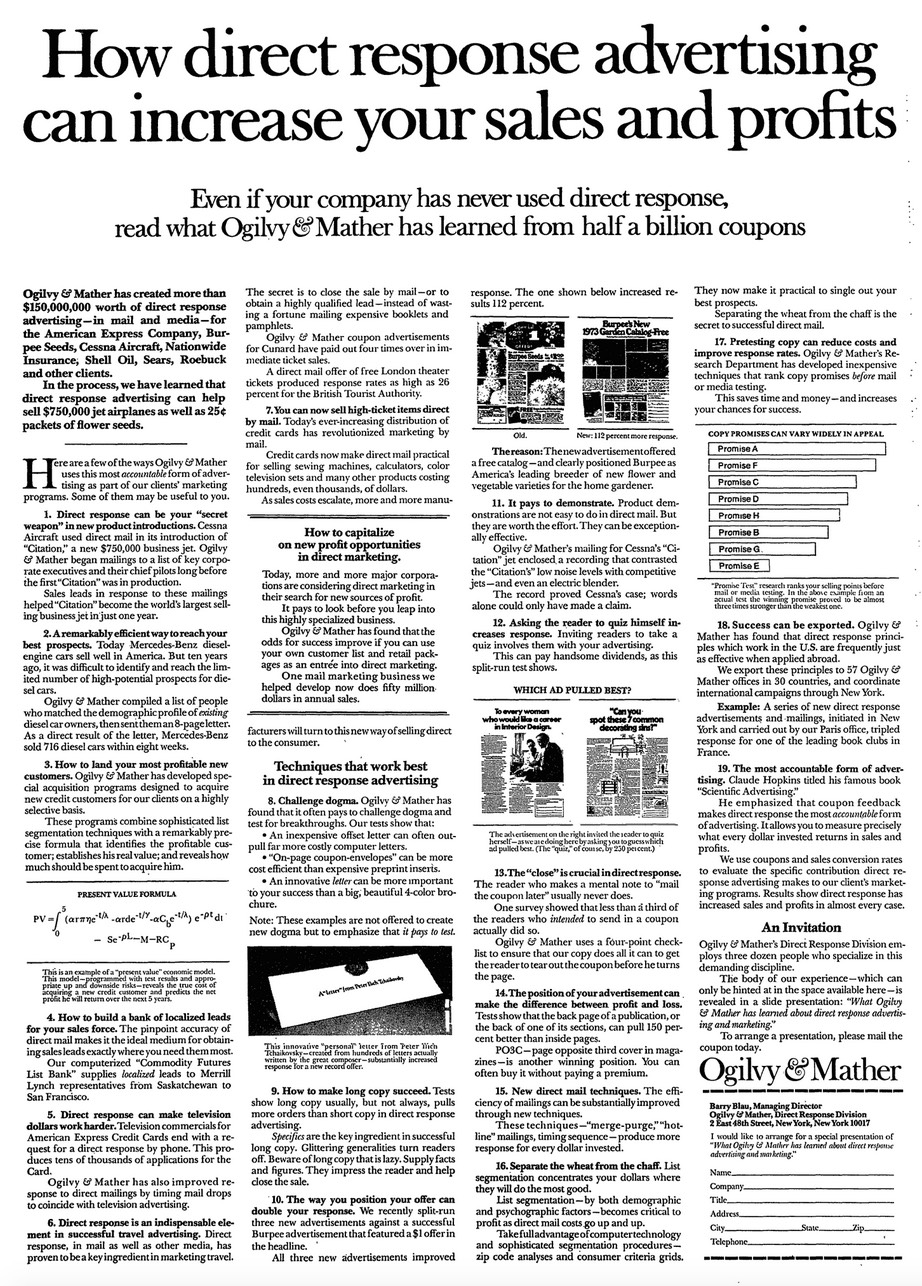
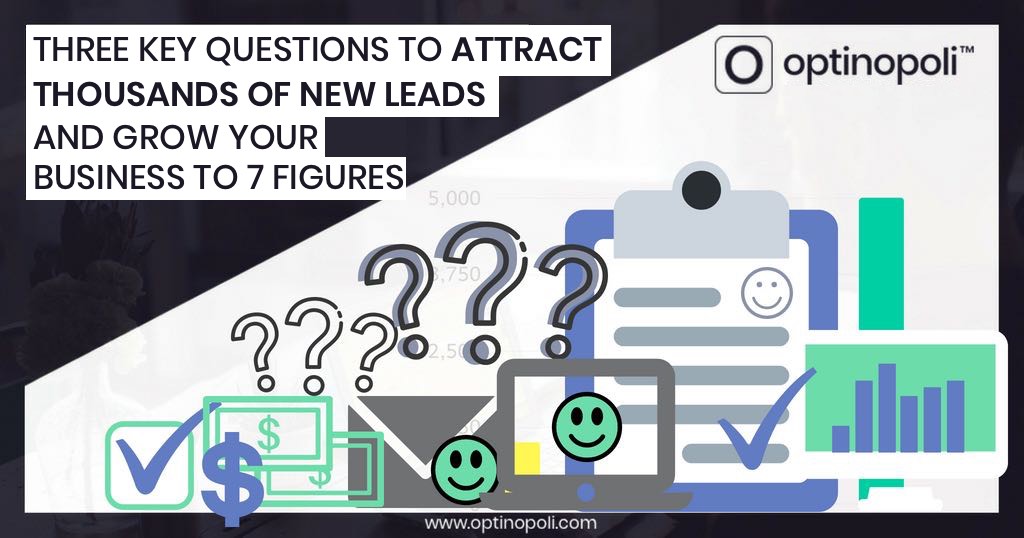
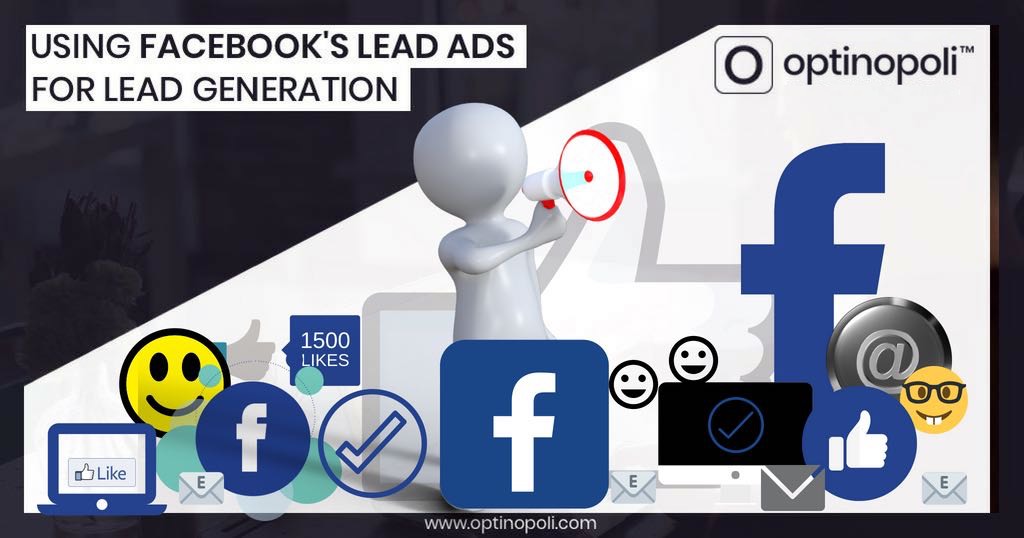
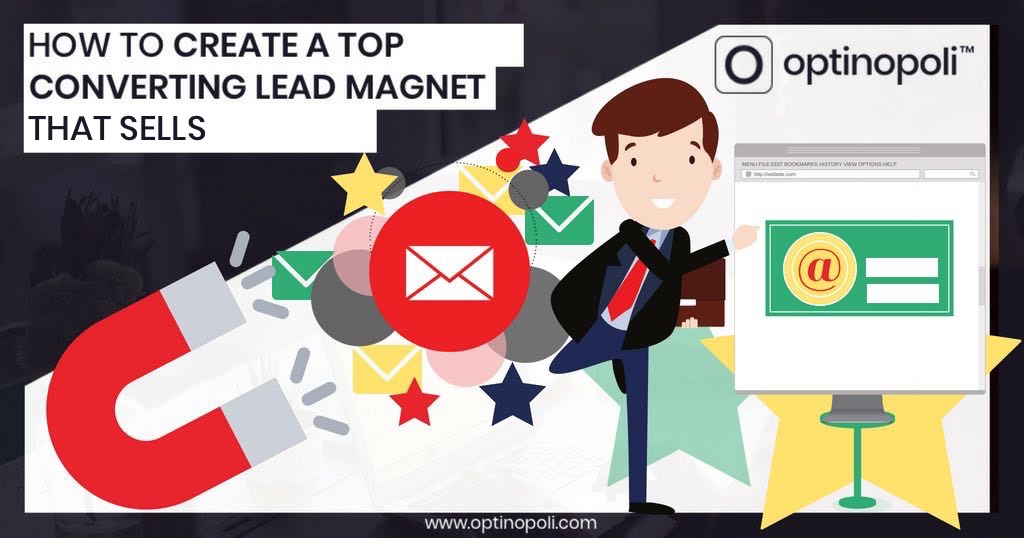
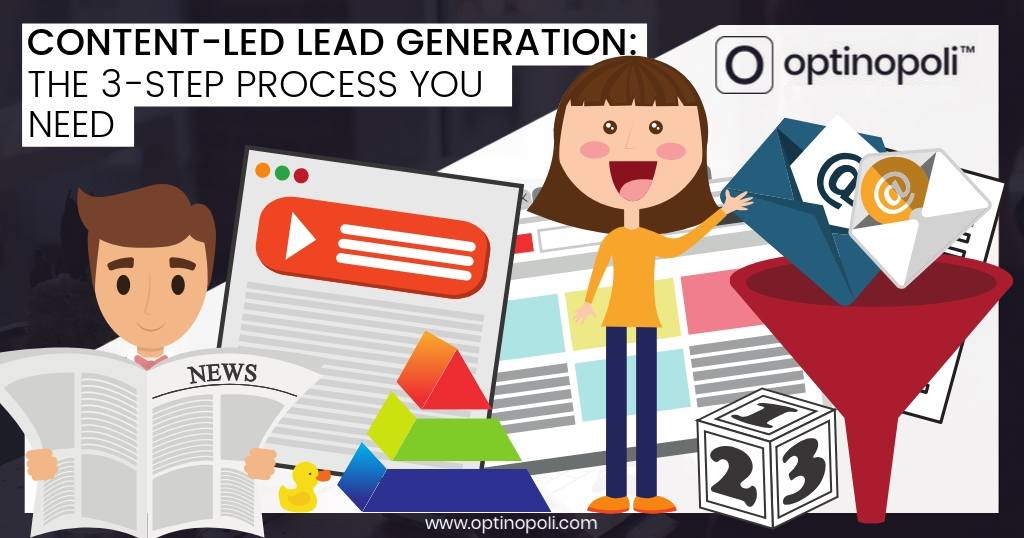
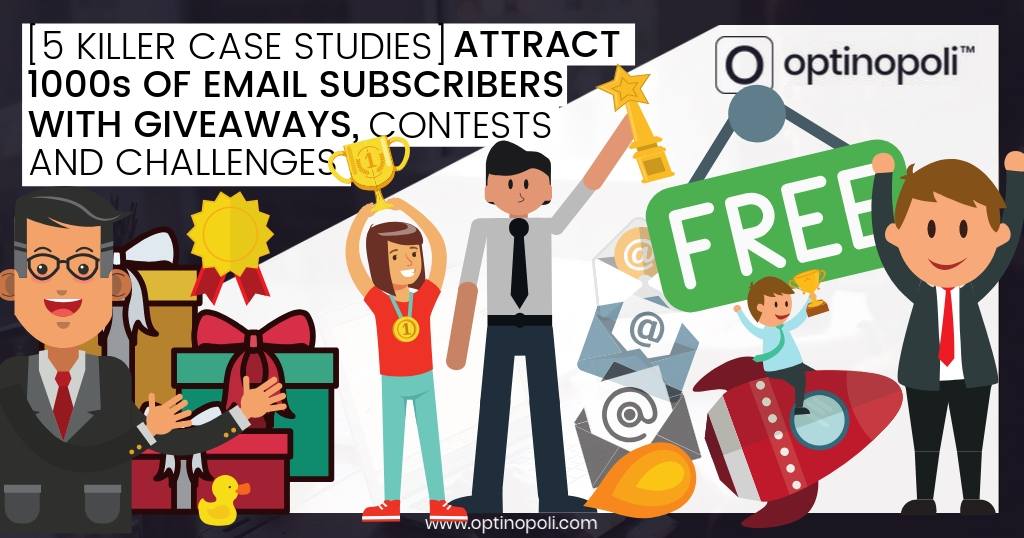
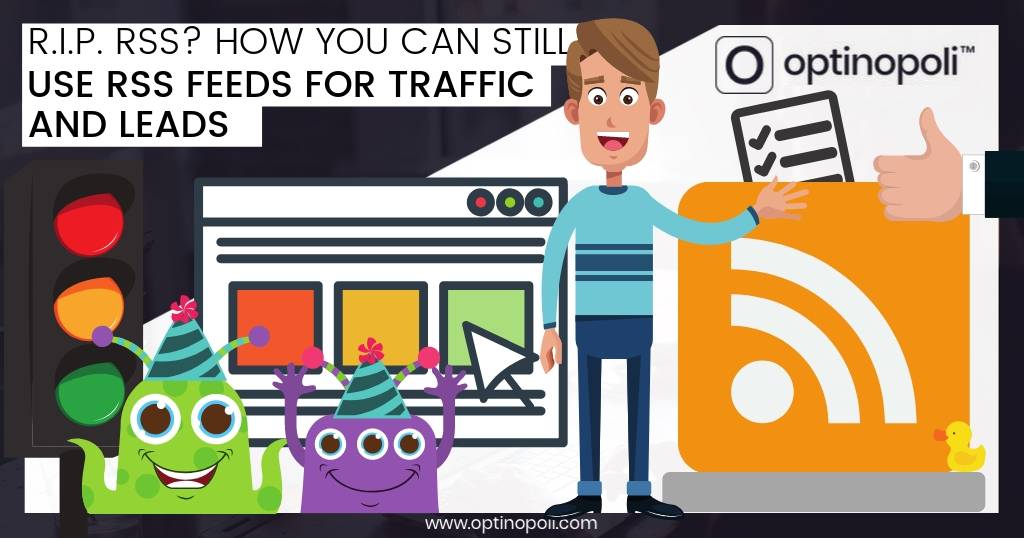
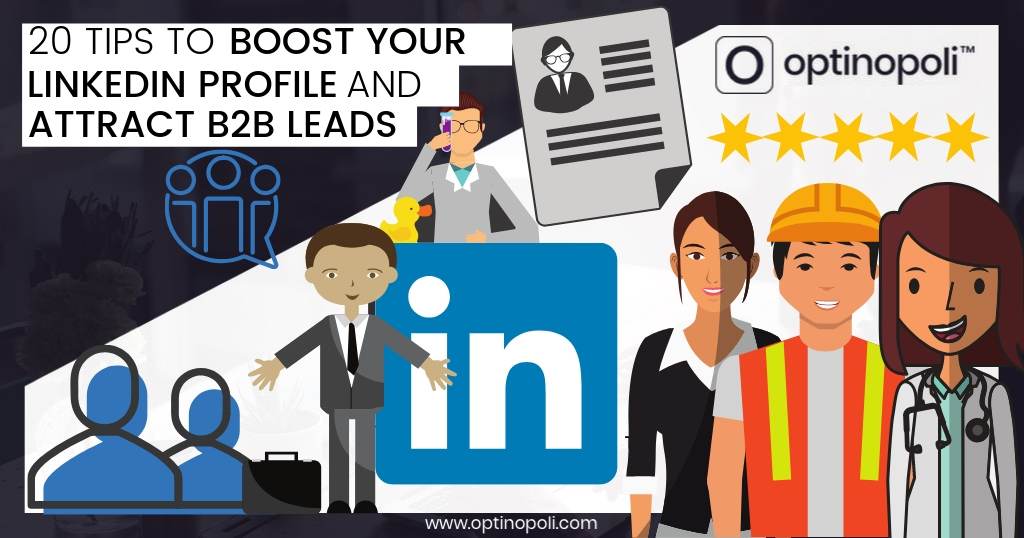
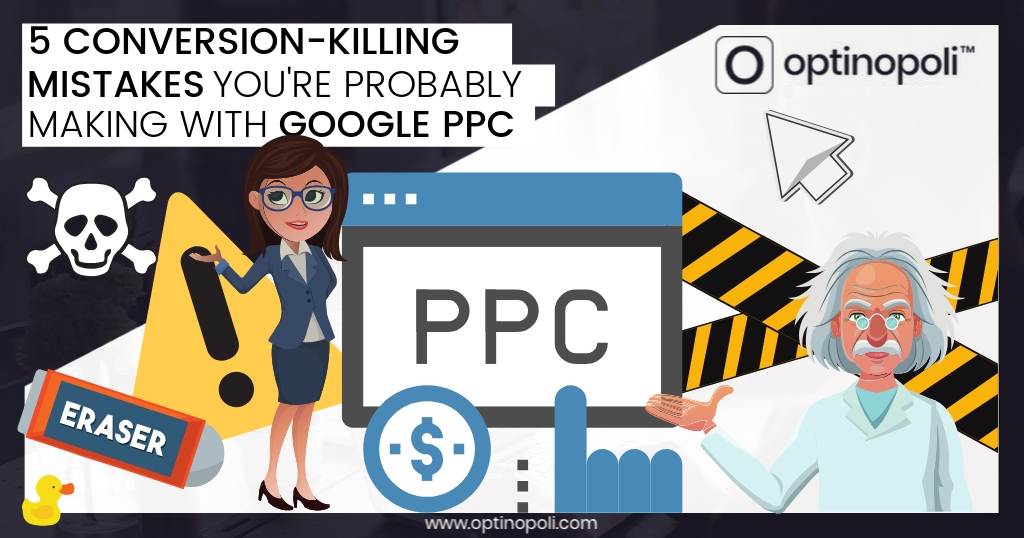
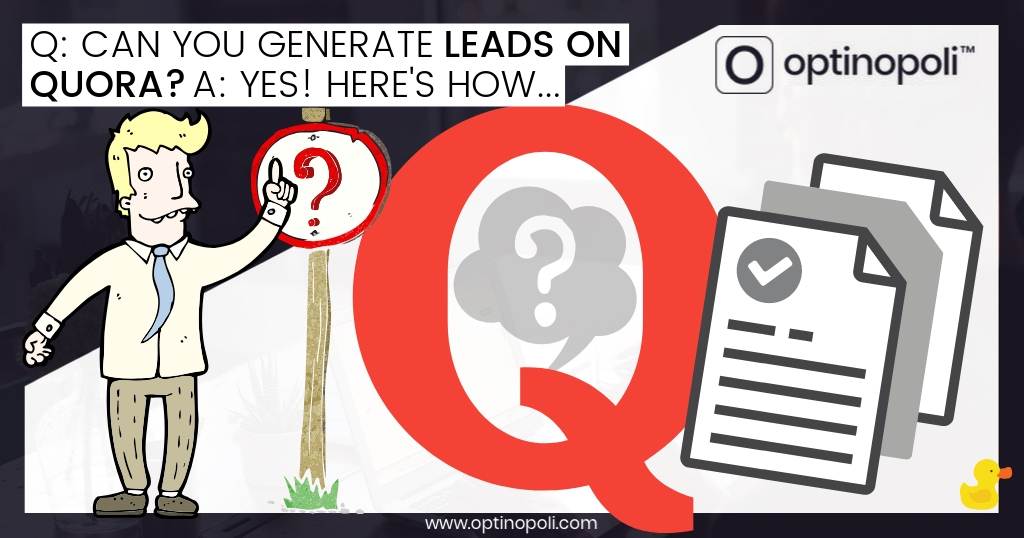
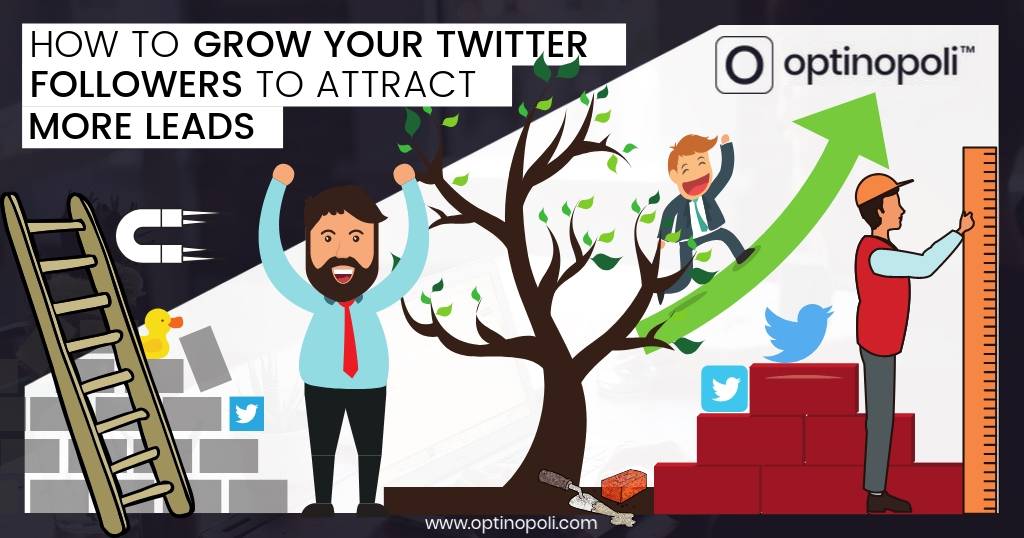
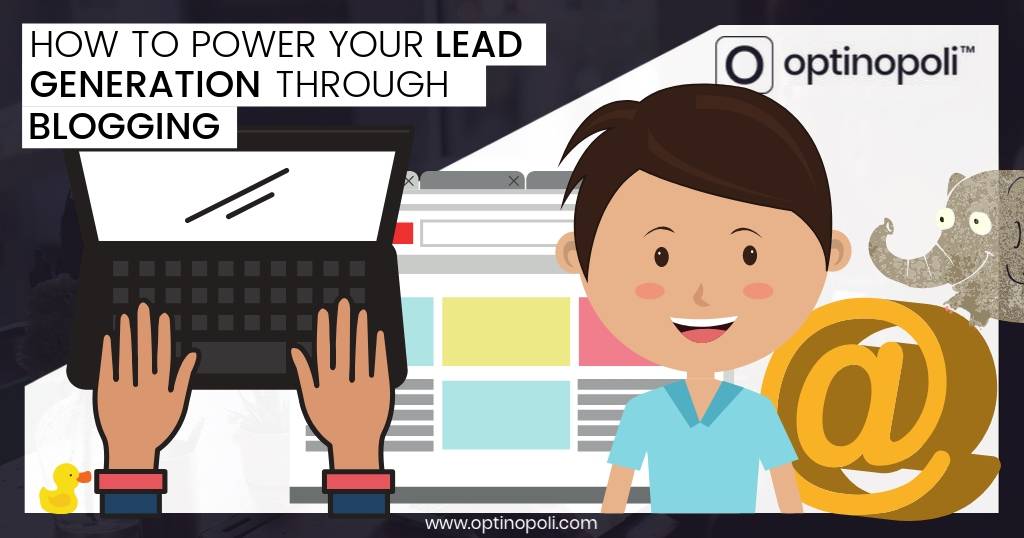
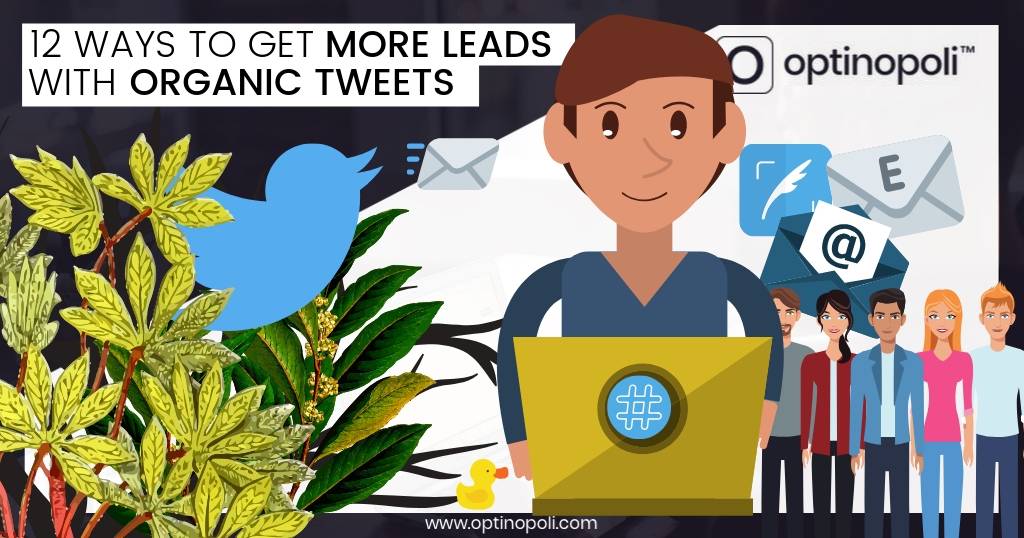
Comments